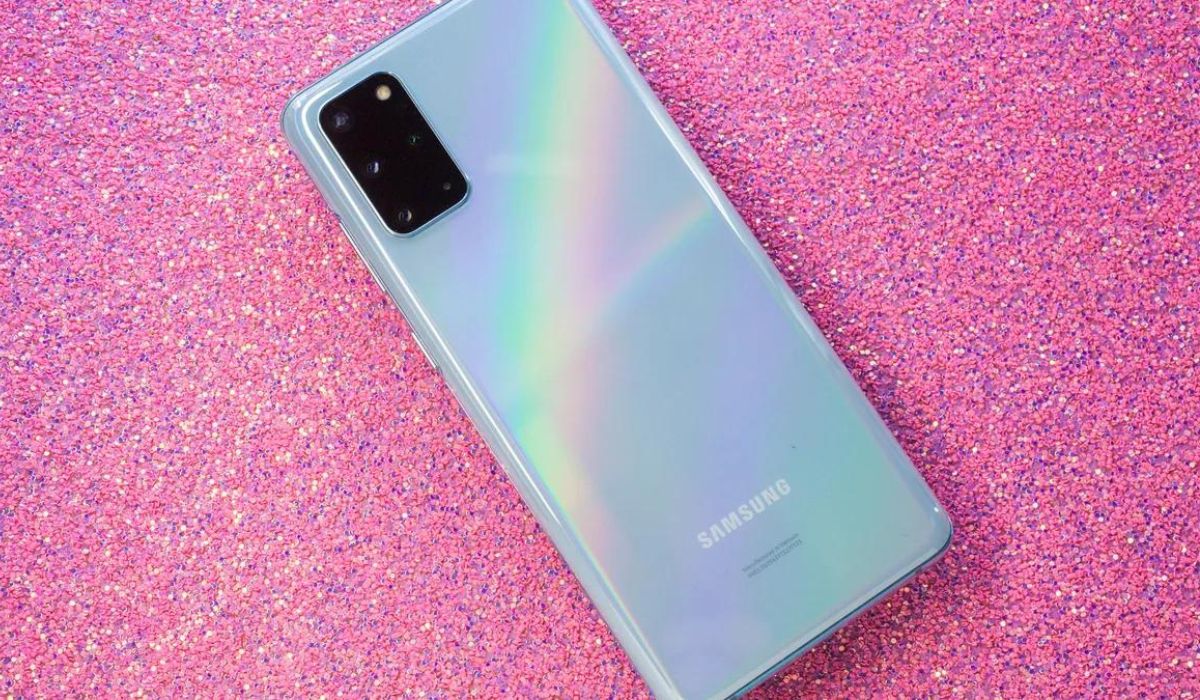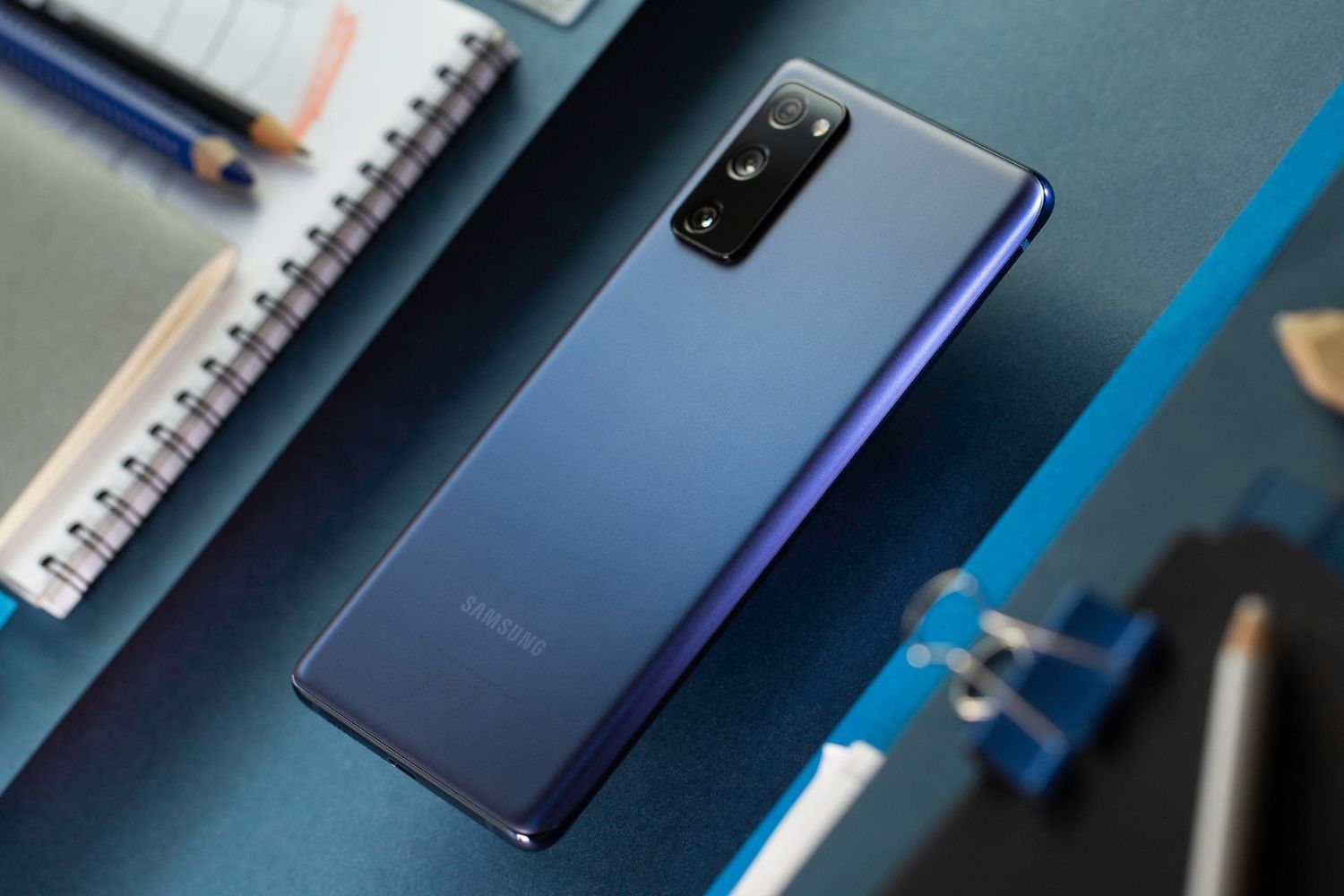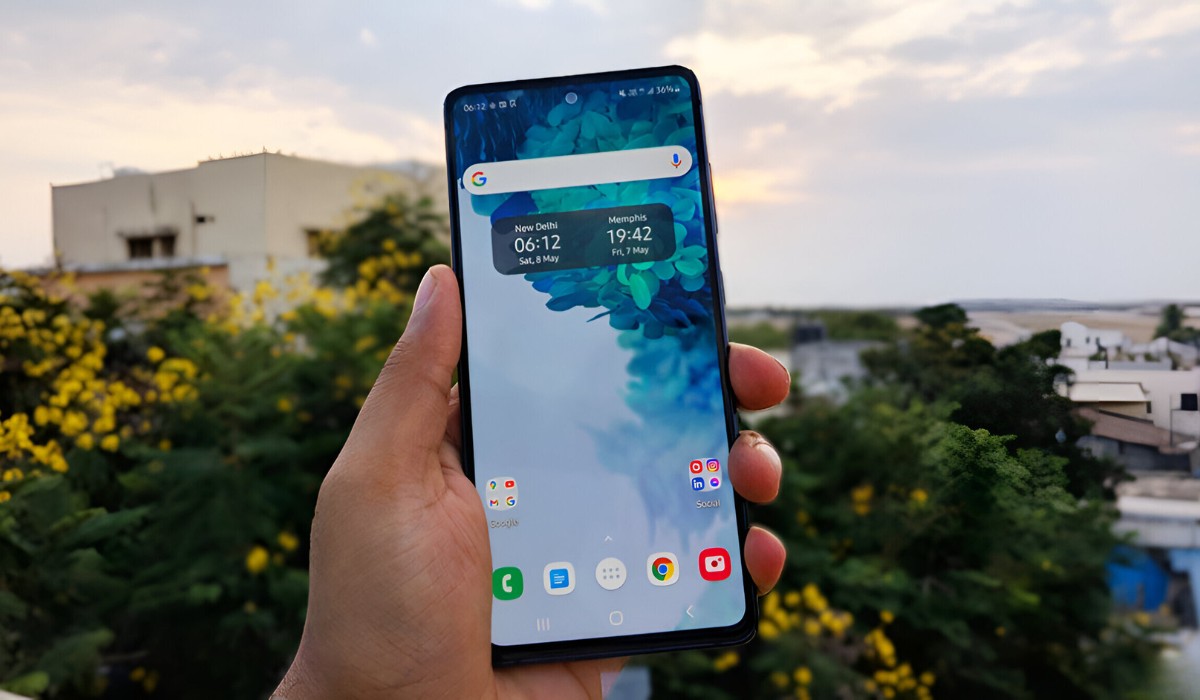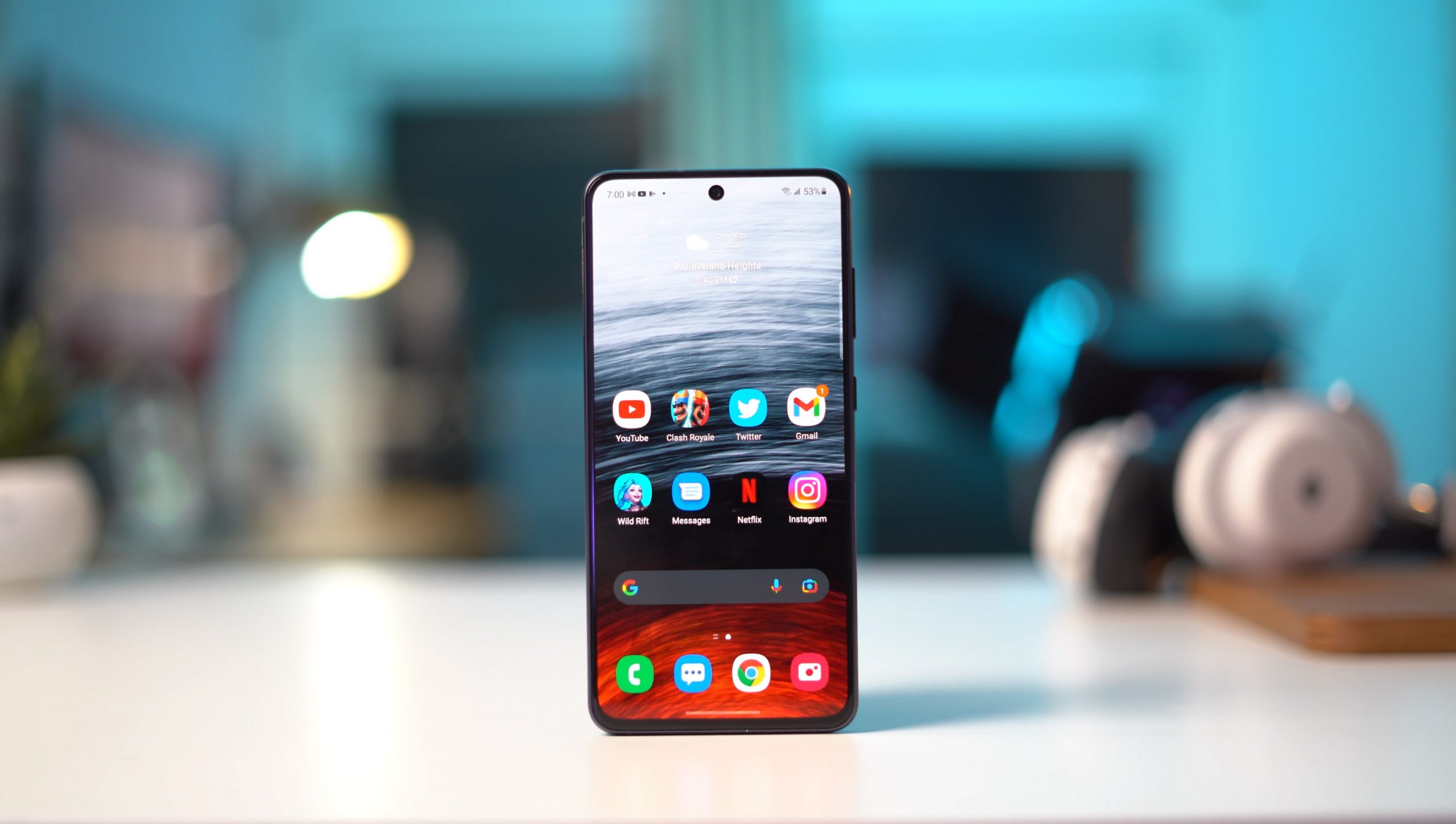Common Samsung S20 FE Slow Issues
The Samsung S20 FE is a remarkable device known for its impressive features and smooth performance. However, like any electronic device, it may encounter performance issues over time. Understanding the common slow issues experienced by Samsung S20 FE users can help in identifying and addressing these concerns effectively.
-
App Lag and Freezing: Users may encounter instances where apps take longer than usual to open or respond, or they may freeze unexpectedly during use. This can significantly impact the overall user experience.
-
Slow Response Time: Some users have reported a delay in the device's response to touch or input commands, leading to frustration and inconvenience during daily use.
-
Battery Drain: Rapid battery drainage is another common issue that affects the overall performance of the Samsung S20 FE. When the battery depletes quickly, it can disrupt the user's ability to use the device for an extended period.
-
Overheating: Overheating is a concern that can lead to performance issues. When the device becomes excessively hot during use, it may slow down to prevent damage, impacting its overall speed and responsiveness.
-
Network Connectivity Problems: Users may experience slow or inconsistent network connectivity, affecting the device's ability to access online content, make calls, or send messages seamlessly.
Understanding these common slow issues can empower Samsung S20 FE users to take proactive measures to address and resolve these concerns, ensuring a smoother and more enjoyable user experience.
Causes of Samsung S20 FE Slow Performance
The Samsung S20 FE, despite its advanced technology and impressive capabilities, may experience slow performance due to various factors. Understanding the underlying causes can help users effectively troubleshoot and address these issues, ensuring optimal functionality of their devices.
-
Insufficient Storage Space: One of the primary causes of slow performance in the Samsung S20 FE is insufficient storage space. When the device's internal storage is nearly full, it can lead to sluggish operation, delayed app launches, and overall system slowdown. Additionally, a lack of storage space can hinder the device's ability to run background processes efficiently, impacting its overall performance.
-
Excessive Background Processes: The presence of numerous background processes running simultaneously can significantly impact the device's speed and responsiveness. These processes consume system resources, including CPU and memory, leading to a slowdown in overall performance. Common culprits include apps running in the background, system services, and synchronization processes.
-
Outdated Software and Apps: Running outdated software versions or using obsolete apps can contribute to slow performance issues. Newer software updates and app versions often include performance optimizations and bug fixes that can enhance the device's speed and efficiency. Failure to update the device's software and apps may result in compatibility issues and suboptimal performance.
-
Heavy System Cache: Over time, the accumulation of system cache and temporary files can impact the device's performance. A bloated system cache can lead to slower data retrieval and processing, affecting the overall responsiveness of the Samsung S20 FE.
-
Background Data Sync and Updates: Continuous background data synchronization and app updates can strain the device's resources, leading to slower performance. While these processes are essential for maintaining the device's functionality, they can impact performance when occurring excessively or concurrently.
-
Hardware Limitations: Despite its advanced hardware, the Samsung S20 FE may experience performance limitations due to hardware constraints. Intensive tasks, such as gaming or running resource-demanding applications, can push the device to its limits, resulting in slower performance and potential overheating.
-
Network Issues: Slow network connectivity or unstable Wi-Fi/ cellular signals can impact the device's overall performance, particularly when accessing online content, streaming media, or engaging in online activities.
By identifying and addressing these underlying causes, Samsung S20 FE users can take proactive steps to optimize their device's performance, ensuring a seamless and efficient user experience.
Tips to Improve Samsung S20 FE Performance
Enhancing the performance of your Samsung S20 FE can significantly elevate your overall user experience. By implementing the following tips, you can optimize the functionality and responsiveness of your device, ensuring seamless operation and improved efficiency.
1. Clear App Cache and Data
Regularly clearing app cache and data can help alleviate performance issues caused by accumulated temporary files and cached data. This process can be performed through the device's settings or individual app settings, allowing you to free up valuable storage space and enhance app responsiveness.
2. Optimize Device Storage
Managing your device's storage is crucial for maintaining optimal performance. By removing unnecessary files, apps, and media, you can free up space and prevent storage-related slowdowns. Additionally, utilizing cloud storage solutions for media and data can further alleviate storage constraints.
3. Update Software and Apps
Keeping your device's software and apps up to date is essential for maximizing performance. Software updates often include performance enhancements and bug fixes, while app updates can deliver optimizations and improved compatibility, contributing to a smoother user experience.
4. Disable Unnecessary Background Processes
Identify and disable unnecessary background processes and services to reduce resource consumption. This can be achieved through the device's settings, allowing you to prioritize essential tasks and minimize the strain on system resources, ultimately improving performance.
5. Enable Performance Mode
Activating performance mode, if available on your device, can optimize system resources for enhanced performance. This mode typically adjusts CPU, GPU, and memory settings to prioritize speed and responsiveness, ideal for demanding tasks and applications.
6. Monitor and Manage Battery Usage
Efficient battery management can positively impact device performance. Utilize battery optimization features to identify and restrict power-hungry apps and processes, extending battery life and minimizing performance degradation due to excessive power consumption.
7. Utilize Device Maintenance Tools
Leverage built-in device maintenance tools to perform system optimization, including storage cleanup, battery optimization, and performance enhancement. These tools can automate routine maintenance tasks, ensuring the device operates at its best.
8. Restart or Reset the Device
When experiencing persistent performance issues, restarting or performing a factory reset on the device can help resolve underlying software-related issues. This process can refresh the device's system and settings, potentially alleviating performance bottlenecks.
By implementing these tips, Samsung S20 FE users can proactively enhance their device's performance, ensuring a smoother and more efficient user experience. Regular maintenance and optimization are key to preserving the device's functionality and maximizing its capabilities.
Software Updates for Samsung S20 FE
Software updates play a pivotal role in maintaining the optimal performance and functionality of the Samsung S20 FE. These updates are designed to deliver a range of improvements, including bug fixes, security enhancements, and performance optimizations, ensuring that the device operates at its best. By regularly updating the device's software, users can benefit from an enhanced user experience and the latest features offered by Samsung.
One of the primary advantages of software updates is the resolution of known issues and vulnerabilities. Samsung continually identifies and addresses software-related issues through updates, effectively mitigating performance concerns and bolstering the device's stability. By addressing bugs and glitches, these updates contribute to a smoother and more reliable user experience, minimizing the occurrence of slowdowns and system errors.
Moreover, software updates often introduce performance optimizations that can significantly enhance the speed and responsiveness of the Samsung S20 FE. These optimizations may include improvements to system processes, app launch times, and overall system efficiency. By leveraging these enhancements, users can enjoy a more fluid and seamless interaction with their devices, regardless of the tasks at hand.
In addition to performance enhancements, software updates frequently integrate security patches to safeguard the device against emerging threats and vulnerabilities. As cyber threats continue to evolve, staying up to date with the latest security patches is crucial for protecting personal data and ensuring a secure digital environment. Samsung's commitment to delivering timely security updates reinforces the device's resilience against potential security risks, providing users with peace of mind as they engage in various online activities.
Furthermore, software updates often introduce new features and functionalities, enriching the user experience and expanding the device's capabilities. These additions may include improvements to the user interface, enhanced camera features, and innovative tools designed to streamline daily tasks. By embracing these new features, users can unlock the full potential of their Samsung S20 FE, staying at the forefront of technological advancements and enriching their digital lifestyles.
In essence, software updates for the Samsung S20 FE are essential for maintaining the device's performance, security, and feature set. By embracing these updates, users can ensure that their devices remain optimized, secure, and equipped with the latest innovations, ultimately enhancing their overall mobile experience. Regularly checking for and installing software updates is a proactive step that empowers users to maximize the potential of their Samsung S20 FE and enjoy a seamless and rewarding user experience.
Hardware Checks for Samsung S20 FE
Performing hardware checks on the Samsung S20 FE is crucial for ensuring the device's optimal performance and longevity. By conducting thorough assessments of the device's hardware components, users can identify potential issues, address concerns proactively, and maintain the overall integrity of their devices.
Battery Health and Charging
Checking the battery health of the Samsung S20 FE is essential for assessing its overall performance and longevity. Users can utilize built-in battery health monitoring features or third-party applications to evaluate the battery's capacity, charge cycles, and overall health. Additionally, inspecting the charging port and cable for any signs of damage or debris accumulation is important to ensure efficient charging and prevent potential charging-related issues.
Display and Touchscreen Functionality
Verifying the display and touchscreen functionality is vital for detecting any anomalies or irregularities. Users can perform visual inspections to identify dead pixels, screen discoloration, or touch responsiveness issues. Additionally, running diagnostic tests, if available, can help assess the touchscreen's accuracy and responsiveness across various areas of the display.
Camera and Audio Performance
Assessing the camera and audio performance of the Samsung S20 FE is essential for ensuring an immersive multimedia experience. Users can test the camera's autofocus, image stabilization, and overall image quality to identify any potential issues. Similarly, evaluating the device's audio output through the speakers and headphone jack can help detect distortions, imbalances, or irregularities in sound reproduction.
Connectivity and Network Functionality
Verifying the device's connectivity and network functionality is crucial for seamless communication and data access. Users can assess Wi-Fi, Bluetooth, and cellular connectivity to ensure consistent signal strength and reliable data transfer. Additionally, testing the device's GPS functionality can help identify any location-related issues that may impact navigation and location-based services.
Hardware Buttons and Sensors
Inspecting the hardware buttons, such as the power button and volume controls, is important to ensure their tactile feedback and responsiveness. Users can also test the functionality of sensors, including the accelerometer, gyroscope, and proximity sensor, to verify their accuracy and reliability in supporting various applications and features.
By conducting comprehensive hardware checks on the Samsung S20 FE, users can gain valuable insights into the device's overall health and performance. These proactive assessments enable users to address potential hardware-related issues promptly, ensuring a seamless and satisfying user experience with their Samsung S20 FE.

























